What Is Micrograft Hair Transplant?
Human hair, especially on the scalp, grows in clusters within individual hair follicles. Each cluster usually contains 1 to 3 follicles, with each follicle producing a single strand of hair. Hair restoration surgeons call these clusters grafts.
Micrograft hair transplant is one of the most advanced and effective techniques for restoring lost hair. In this method, tiny individual grafts are carefully harvested and transplanted into the thinning or bald areas. Because of their small size, these grafts provide a much more natural and precise result compared to older methods.
How Does the Micrograft Method Work?
-
Donor Area Extraction: Hair is usually harvested from the back of the head or behind the ears, where follicles are genetically resistant to hair loss.
-
Use of Automated Devices: The procedure is performed using advanced automated tools under the control of skilled surgeons. This minimizes manual handling, reduces the risk of damage to grafts, and shortens procedure time compared to traditional techniques.
-
Precise Implantation: The micro-sized grafts are placed in the target area at the right angle, depth, and direction to mimic the natural hair growth pattern.
Why Is Micrograft Hair Transplant So Popular?
-
High Accuracy & Precision: Smaller grafts mean more control over the density and natural look.
-
Minimal Pain: Performed under local anesthesia, avoiding full sedation.
-
Quick Recovery: Because the grafts are very small, healing is faster with minimal scarring.
-
Natural Results: Creates a seamless blend with existing hair.
-
Time-Efficient: The use of automated devices reduces surgery time.
Micrograft Hair Transplant for Men
Hair loss in men has become a major concern, often worsening with age. Baldness and thinning hair are among the most common issues men face. While many treatments exist, micrograft hair transplantation has proven to be one of the most reliable and long-lasting solutions.
If other methods have failed to deliver the desired results, this modern technique can provide a permanent, natural-looking solution for baldness.
Conclusion
Micrograft hair transplant is widely recognized as one of the best and safest hair restoration methods today. Thanks to its precision, natural results, and minimal discomfort, it is an ideal choice for men (and women) struggling with thinning hair or baldness.
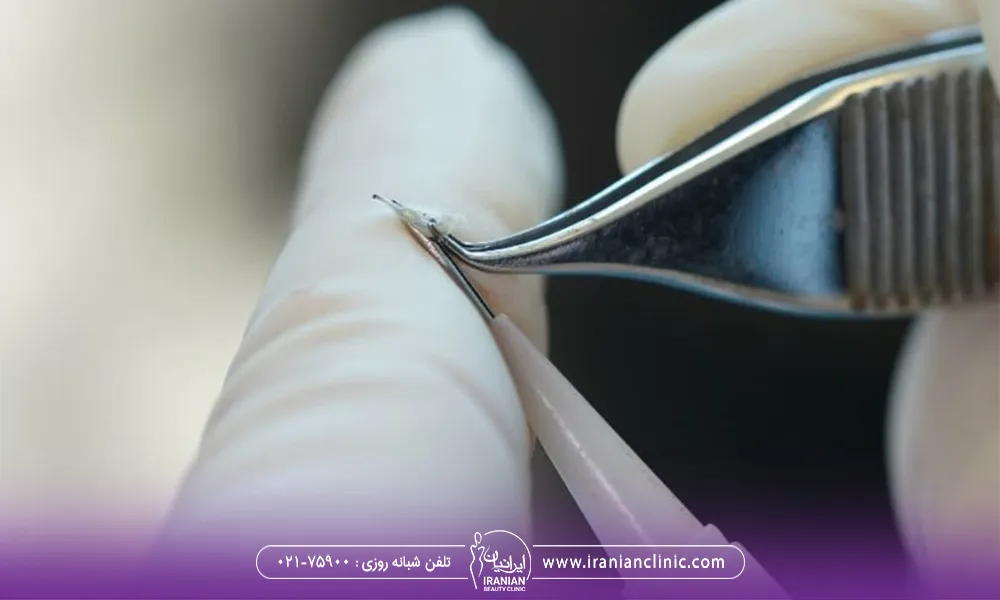
Risks and Procedure of Micrograft Hair Transplant
Like any medical or cosmetic procedure, micrograft hair transplant also carries certain potential risks. Allergic reactions, infections, or poor healing may occur if proper care is not taken. This is why choosing a reputable and experienced clinic is crucial. Patients should always disclose their full medical history and health conditions before the procedure.
It’s also important to note that the success of a micrograft transplant is not guaranteed and depends on several factors, including:
-
The quality of your skin and hair
-
Your overall health condition
-
Lifestyle and hygiene habits
Therefore, consulting with a certified hair restoration specialist is the best way to evaluate candidacy and ensure realistic expectations. Additionally, reading reviews and real experiences of previous patients can help you select the right clinic and maximize the chance of success.
What Is a Micrograft?
Hair grows in natural clusters, often containing 1 to 3 follicles, each producing individual strands of hair. These clusters are referred to as grafts. A micrograft is essentially a very small graft—roughly the size of a grain of rice—containing one or more follicles.
During a micrograft procedure, hair follicles are harvested from a donor area (typically the back of the scalp, where hair is denser and more resistant to thinning). These grafts are then transplanted into thinning or bald areas.
Because of their small size, micrografts allow surgeons to achieve:
-
Greater precision in placement
-
More natural-looking density
-
Minimal scarring at both donor and recipient sites
How Is Micrograft Hair Transplant Performed?
The process is usually divided into several stages:
-
Donor Area Preparation
-
The surgeon identifies the donor zone (commonly the back of the head).
-
Follicles are extracted individually using advanced micrograft devices that ensure accuracy and minimal trauma.
-
-
Follicle Preservation
-
Extracted follicles are kept in a special solution to maintain their vitality until transplantation.
-
This step is critical, as the health of the follicles directly impacts final results.
-
-
Transplantation
-
Using the micrograft device, follicles are implanted into thinning or bald spots.
-
The surgeon carefully follows the natural growth angle, depth, and direction of hair for seamless results.
-
-
Post-Procedure Care
-
Patients receive detailed aftercare instructions.
-
This usually includes prescribed medications, scalp hygiene guidelines, dietary advice, and restrictions on physical activity.
-
Following these recommendations greatly improves recovery and overall transplant success.
-
Why Choose Micrograft Hair Transplant?
-
Natural appearance due to micro-level placement
-
Minimized tissue damage with advanced devices
-
Faster healing time compared to traditional techniques
-
Scalability – patients can return for additional sessions if needed
-
High success rate when performed by skilled surgeons

Benefits of Micrograft Hair Transplant
When hair loss or baldness occurs, many people start looking for different solutions. The first step is always prevention of hair loss through regular hair care and scalp hygiene. In early stages, traditional remedies or prescribed medications can help slow down thinning. However, when hair loss becomes severe, options like hair prosthesis (artificial hair systems) may be considered. Unfortunately, prosthetic hair often comes with drawbacks such as scalp irritation and skin reactions.
That’s why micrograft hair transplant is widely recognized as one of the best solutions. In this advanced technique, your own natural hair is transplanted into thinning areas. Since no artificial materials are used, the risk of side effects is very low. This method is trusted by both patients and doctors as a reliable, effective treatment, providing faster and more natural-looking results compared to older techniques.
Micrograft vs FUT Hair Transplant: What’s the Difference?
While FUT (Follicular Unit Transplantation) has been used for many years, it is considered an older method compared to micrograft. Here’s how the two differ:
-
FUT Technique
-
Hair follicles are removed as a strip from the back of the scalp using a surgical blade.
-
Leaves visible scars and requires stitches.
-
Recovery period is longer, with more discomfort.
-
Patients often need to shave the donor area.
-
-
Micrograft Technique
-
Hair follicles are extracted individually using a precise electronic micro-holder.
-
Minimally invasive – no linear scars, no stitches.
-
Shorter recovery time with less pain and swelling.
-
Does not always require shaving of the donor area.
-
Provides a more natural and scar-free result.
-
In summary, FUT often leaves permanent scars and requires longer healing, while micrograft delivers faster recovery, minimal discomfort, and a more natural outcome. For these reasons, micrograft has quickly become the preferred choice for modern hair restoration.
Stages of Micrograft Hair Transplant
The micrograft procedure is typically performed in several well-defined stages:
-
Consultation & Planning
-
A thorough evaluation of hair loss patterns and donor area.
-
Designing the new hairline with attention to natural growth and facial harmony.
-
-
Donor Hair Extraction
-
Individual follicular units are carefully harvested using advanced micrograft devices.
-
Minimal trauma to the scalp ensures healthier graft survival.
-
-
Graft Preservation
-
Extracted grafts are stored in a special solution to maintain vitality until transplantation.
-
-
Transplantation
-
The surgeon implants the follicles into thinning or bald areas, matching the natural angle, depth, and direction of hair growth.
-
-
Post-Procedure Care
-
Patients receive detailed aftercare instructions, including medications, scalp washing, and lifestyle guidelines to maximize results.
-

Cost of Micrograft Hair Transplant
The cost of micrograft hair transplant is influenced by several factors. One of the primary determinants is the technique itself: micrograft procedures are generally more expensive than traditional FUT (Follicular Unit Transplantation) because of their precision and advanced technology.
Other factors that affect the price include:
-
Extent of hair loss and the size of the bald area.
-
Donor hair quality and the number of grafts required for maximum density.
-
Experience and skill of the surgeon performing the procedure.
-
Clinic facilities and technology available.
-
Geographic location, as costs in major cities are typically higher.
Because these variables differ from patient to patient, the most accurate way to determine your cost is through a consultation with a qualified hair restoration specialist. During this session, the doctor can assess your scalp, design a treatment plan, and provide a personalized cost estimate.
Risks and Side Effects of Micrograft Hair Transplant
Although micrograft hair transplant is considered safe and minimally invasive, it is not completely risk-free. Possible side effects include:
-
Allergic reactions to local anesthesia, leading to temporary swelling, numbness, or itching.
-
Scalp swelling, especially on the forehead and crown, during the first few days.
-
Mild itching in the transplanted area for one to two days.
-
Multiple sessions may be required for optimal density, sometimes spaced 6–9 months apart.
These effects are usually temporary and manageable. However, it’s crucial to select a reputable clinic with experienced surgeons and to follow all post-procedure instructions carefully to minimize risks.
Who Is a Good Candidate for Micrograft Hair Transplant?
Micrograft hair transplant is particularly suitable for:
-
Individuals experiencing advanced hair thinning or baldness.
-
Patients with a healthy donor area (usually at the back of the scalp).
-
Men and women seeking increased hair density and a natural-looking hairline.
-
Those in good general health, with no medical conditions that could complicate surgery.
This method is especially effective for those with frontal hairline recession and visible thinning.
Who Is Not a Good Candidate?
Not everyone qualifies for a micrograft hair transplant. The procedure is generally not recommended for:
-
Patients under 30 years old, since hair loss patterns may not be stable yet.
-
People with severe psychological issues such as anxiety, depression, or trichotillomania (hair-pulling disorder).
-
Individuals with serious medical conditions, including lupus, lichen planus, advanced psoriasis, severe diabetes, or blood clotting disorders.
-
Patients with infectious diseases (HIV, syphilis, hepatitis).
-
Those undergoing chemotherapy or radiotherapy.
-
Women with diffuse hair loss across the entire scalp.
-
Pregnant or breastfeeding women.
-
Patients with weak donor areas or a history of keloid scarring.
-
Individuals with unrealistic expectations of the results.
Before deciding, a thorough medical evaluation with a hair restoration surgeon is essential to ensure safety and success.
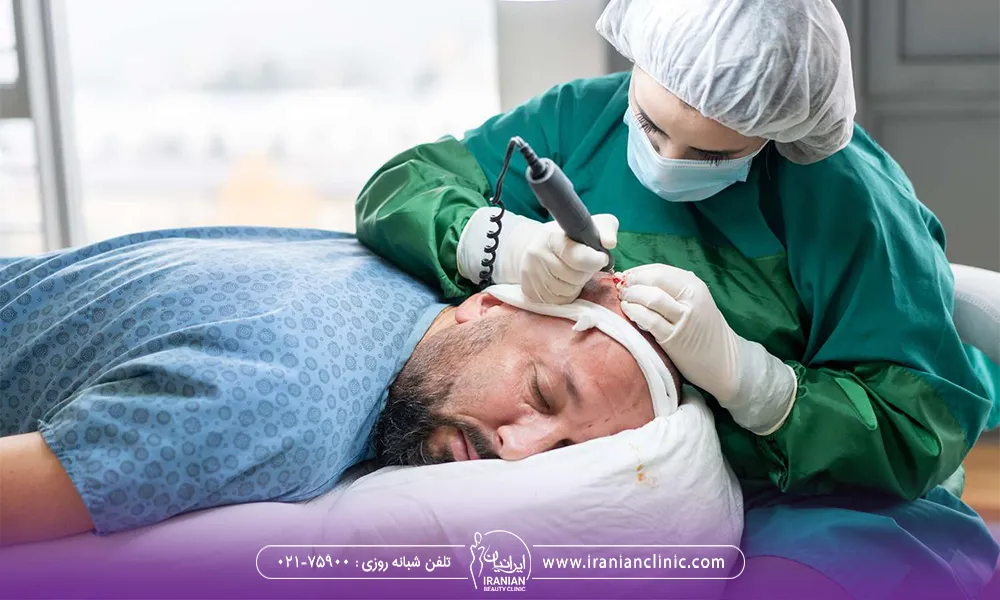
Contraindications for Micrograft Hair Transplant
While micrograft hair transplant is one of the most advanced and natural-looking methods of hair restoration, it is not suitable for everyone. Certain health conditions and lifestyle factors may prevent patients from being good candidates:
-
Uncontrolled diabetes, blood clotting disorders, or autoimmune diseases that affect healing.
-
Insufficient donor hair in the back or sides of the scalp, making it difficult to achieve satisfactory results.
-
Use of specific medications, such as blood thinners or certain anti-inflammatory drugs, which may increase the risk of complications.
-
Patients who have recently undergone major surgery or medical treatments should delay the procedure until cleared by their doctor.
A thorough medical consultation is essential before deciding on this method, as these factors can directly impact both the healing process and the final outcome.
Aftercare Instructions for Micrograft Hair Transplant
Post-operative care is critical to ensure proper healing and the best possible results. Patients are advised to follow these aftercare guidelines:
-
Medication compliance: Take prescribed pain relievers and antibiotics exactly as instructed to control discomfort and reduce infection risk.
-
Cold compress: Apply ice packs gently around (not directly on) the transplanted area within the first 48 hours to minimize swelling and pain.
-
Hands off the scalp: Avoid touching, scratching, or rubbing the recipient area to prevent dislodging grafts and introducing infection.
-
Special shampoo use: Wash the scalp only with the medicated shampoo provided or approved by your surgeon.
-
Lifestyle adjustments: Refrain from alcohol, smoking, and anabolic steroids, as they can slow down the healing process.
-
Physical activity: Avoid strenuous exercise, heavy lifting, or contact sports for at least 2–3 weeks.
-
Follow-up visits: Attend all scheduled checkups so your surgeon can monitor progress and provide tailored advice.
By strictly following these steps, patients can accelerate recovery and maximize the success rate of their micrograft procedure.
Pre-Procedure Preparation for Micrograft Hair Transplant
Preparation is just as important as aftercare. Patients should follow these recommendations before surgery:
-
Consultation and medical evaluation: A full examination and lab tests help ensure you are healthy enough for the procedure.
-
Open communication with your surgeon: Discuss medical history, current medications, and expectations to reduce anxiety and align on realistic outcomes.
-
Lifestyle modifications: Stop smoking, avoid alcohol, and discontinue medications or supplements that may interfere with healing (as advised by your doctor).
-
Stress management: Clear communication and thorough pre-op guidance can reduce stress, which otherwise may negatively affect recovery.
By carefully preparing in advance, patients significantly improve both the experience and the results of a micrograft hair transplant.


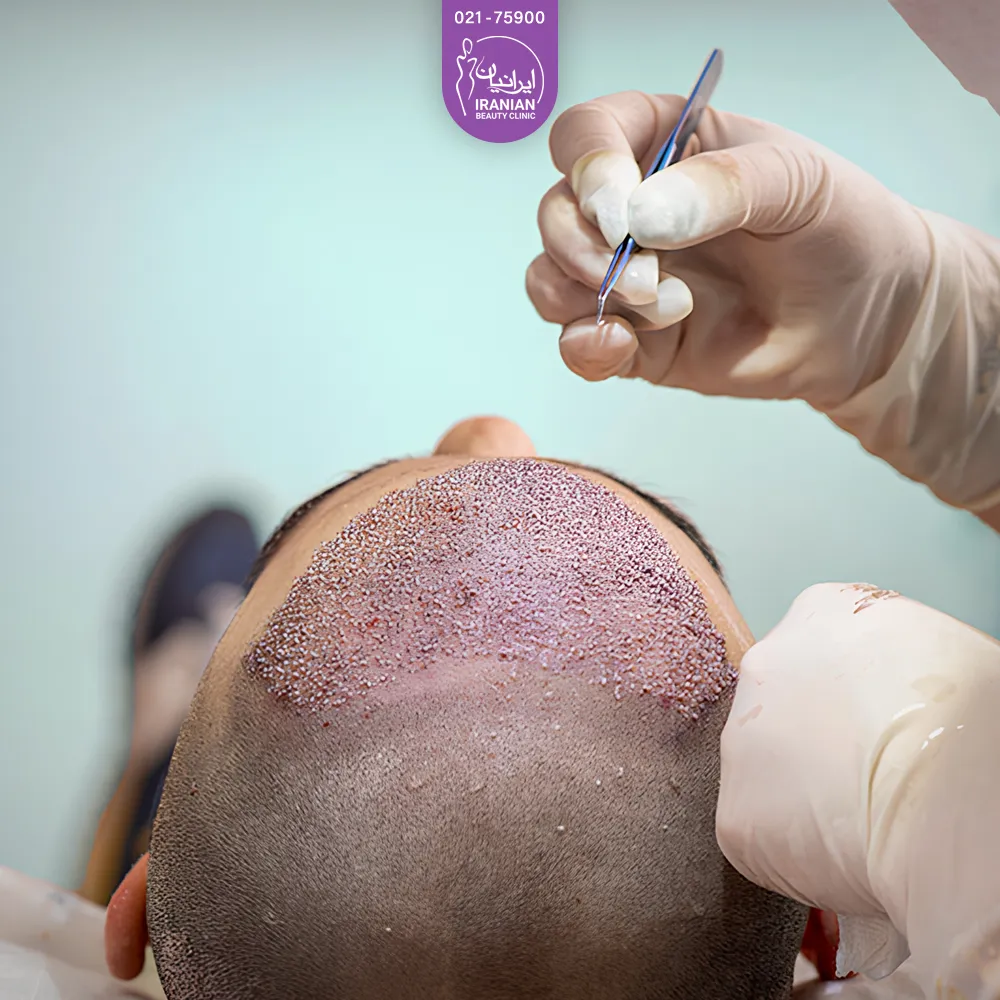






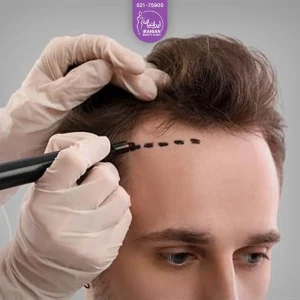


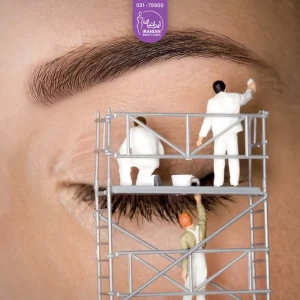

 Quanta Creative Agency
Quanta Creative Agency 